“Nice little module business you got there, China. It sure would be a shame if something were to happen to it.”
That would have been one way to shake down the Chinese module manufacturers to make Suniva’s trade complaint against them go away. But it appears subtlety is not the strength of SQN Capital Management’s President Jeremiah Silkowski.
SQN currently has the dubious distinction of being Suniva’s largest U.S. creditor, and it appears the company got impatient and decided to get its money back by any means necessary. In this case, the chosen method of recovery was to demand the funds from the Chinese Chamber of Commerce.
Silkowski’s letter to the Chinese Chamber of Commerce is breathtakingly brazen and beautifully blunt.
In a letter dated May 3 and addressed to “Members, Representatives, and Associates of CCCME [the acronym for the Chinese Chamber of Commerce],” Silkowski outlined a scheme under which the trade complaint would disappear like magic if a Chinese company would pony up $55 million to “buy” Suniva’s manufacturing equipment.
The proceeds from the “sale” would be used to pay Suniva’s debt to SQN, which the management firm estimates is between $51 million and $52 million.
In return for the money (which, it should be noted, would include an extra $3 million payment for legal fees), SQN would withdraw the financial support for Suniva, causing the company to cease its existence.
No company, no complaint. Or as Silkowski wrote in his letter:
If Suniva were not to receive funding from SQN, the Trade Case would have to be withdrawn for three reasons.
1. Suniva would no longer be an industry participant as it was wound down and would be disqualified from being a petitioner.
2. There would be no one to pay the substantial lawyer’s fees necessary to put the case forward.
3. The US Trade Representative could not put forth the case on its own without meaningful industry representation and Solar World [sic] is focused on a different trade case and is not interested in incurring the cost of the 201 Case.
After detailing which Chinese module manufacturer he believed should “purchase” the equipment, Silkowski outlined the way the payment would be made:
1) A proposal would be put forth to the bankruptcy court under an emergency motion. This would have to happen on Monday, May 8. [Editor’s note: An examination of bankruptcy court records indicates this did not happen.]
2) Funds would have to be deposited into an escrow account with a third-party law firm while an auction for the equipment is announced and conducted. Funds in the escrow account would only be released as part of a liquidation of Suniva which would include a conversion to Chapter 7 which would have the effect of terminating the Trade Case. The deposit has to be made as soon as the emergency motion is approved.
3) Upon receipt of the funds into escrow, the Trade Case would be withdrawn as SQN would no longer be providing funding under the bankruptcy. If these events did not occur, the amounts in escrow would be refunded to the entity that provided them.
4) Following the conversion of the bankruptcy to Chapter 7, the assets of Suniva would be liquidated and the company would cease to exist any longer.
Suniva filed for bankruptcy slightly on April 18. Eight days later, the company petitioned the U.S. International Trade Commission (ITC) that called for “global safeguard relief” from imports of crystalline silicon solar PV cells and modules – a move aimed at limiting Chinese manufacturers’ access to the United States.
The complaint set off a firestorm of condemnation throughout the industry, with the national association, installers and even other module manufacturers criticizing the move and one report suggesting the complaint could slash the U.S. PV market 60% by 2021.
If Silkwoski’s letter is to be believed, however, the trade complaint isn’t so much about protecting the solar industry as it is about putting money into SQN’s pockets.
Update: The headline on this article was updated at 10:38 pm EST on 5/23/17 to make it clear that Suniva did not write the letter to the Chinese Chamber of Commerce. We regret any confusion that resulted.
Update: This article was updated at 4:38 pm on 10/16/17 to remove references to “extortion,” which has a specific legal definition.
This content is protected by copyright and may not be reused. If you want to cooperate with us and would like to reuse some of our content, please contact: editors@pv-magazine.com.
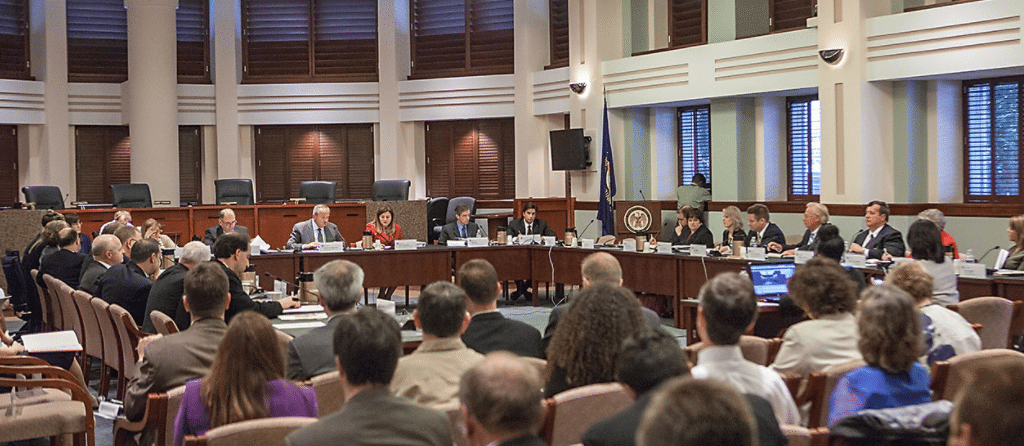
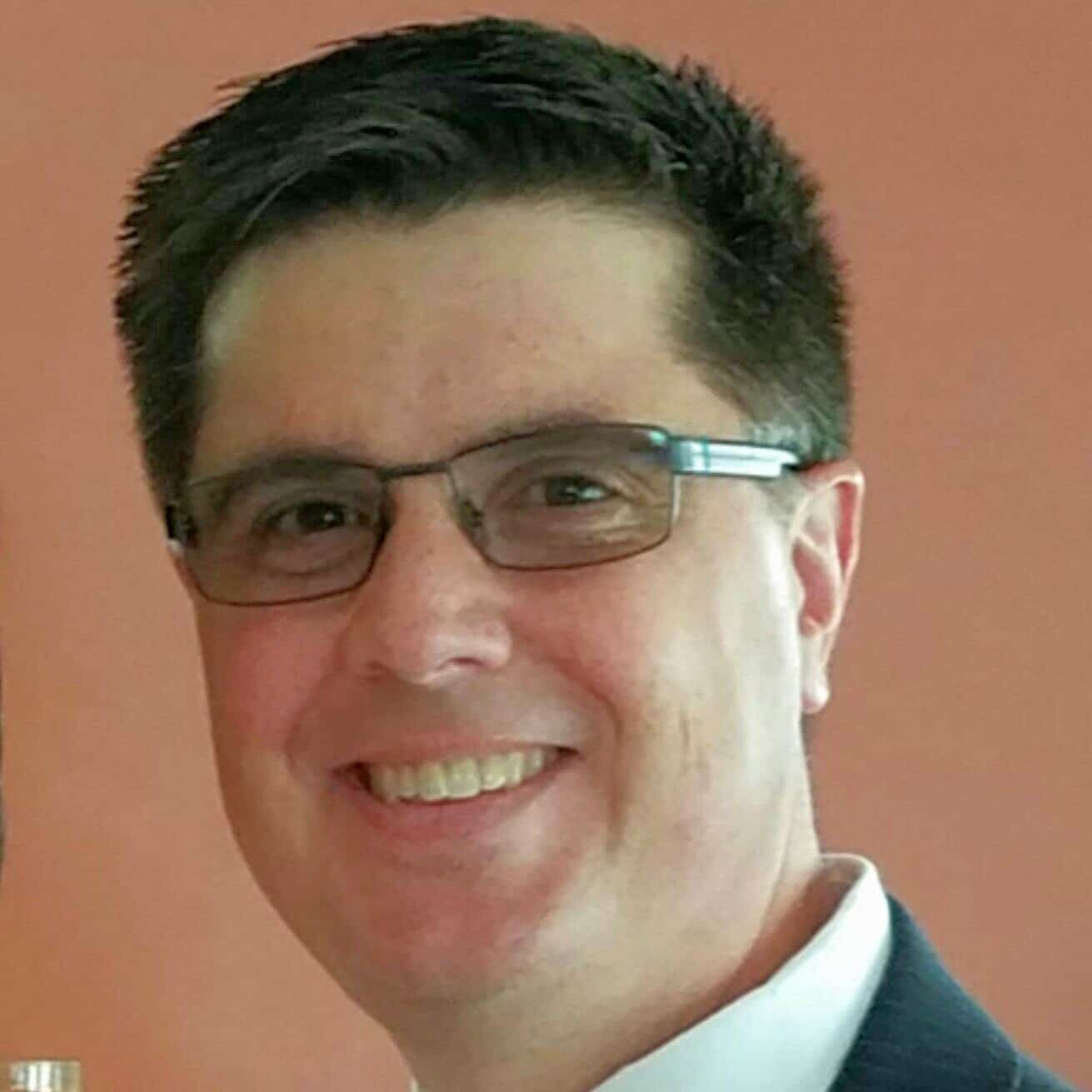

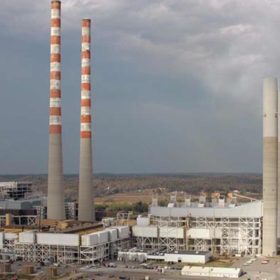

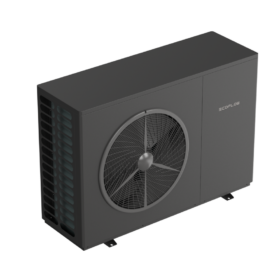
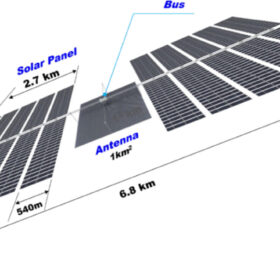
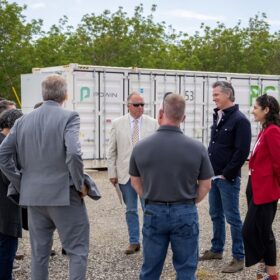
By submitting this form you agree to pv magazine using your data for the purposes of publishing your comment.
Your personal data will only be disclosed or otherwise transmitted to third parties for the purposes of spam filtering or if this is necessary for technical maintenance of the website. Any other transfer to third parties will not take place unless this is justified on the basis of applicable data protection regulations or if pv magazine is legally obliged to do so.
You may revoke this consent at any time with effect for the future, in which case your personal data will be deleted immediately. Otherwise, your data will be deleted if pv magazine has processed your request or the purpose of data storage is fulfilled.
Further information on data privacy can be found in our Data Protection Policy.